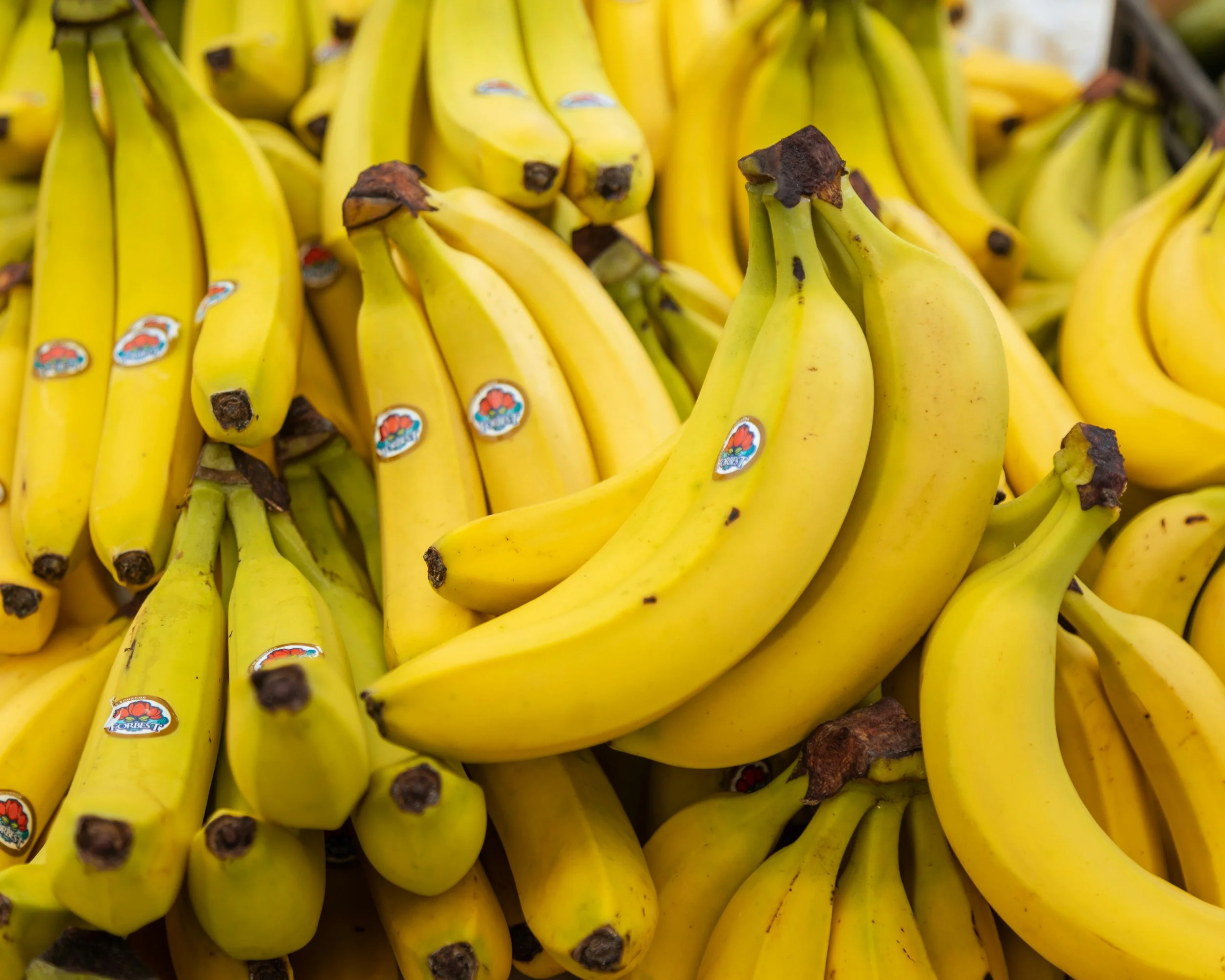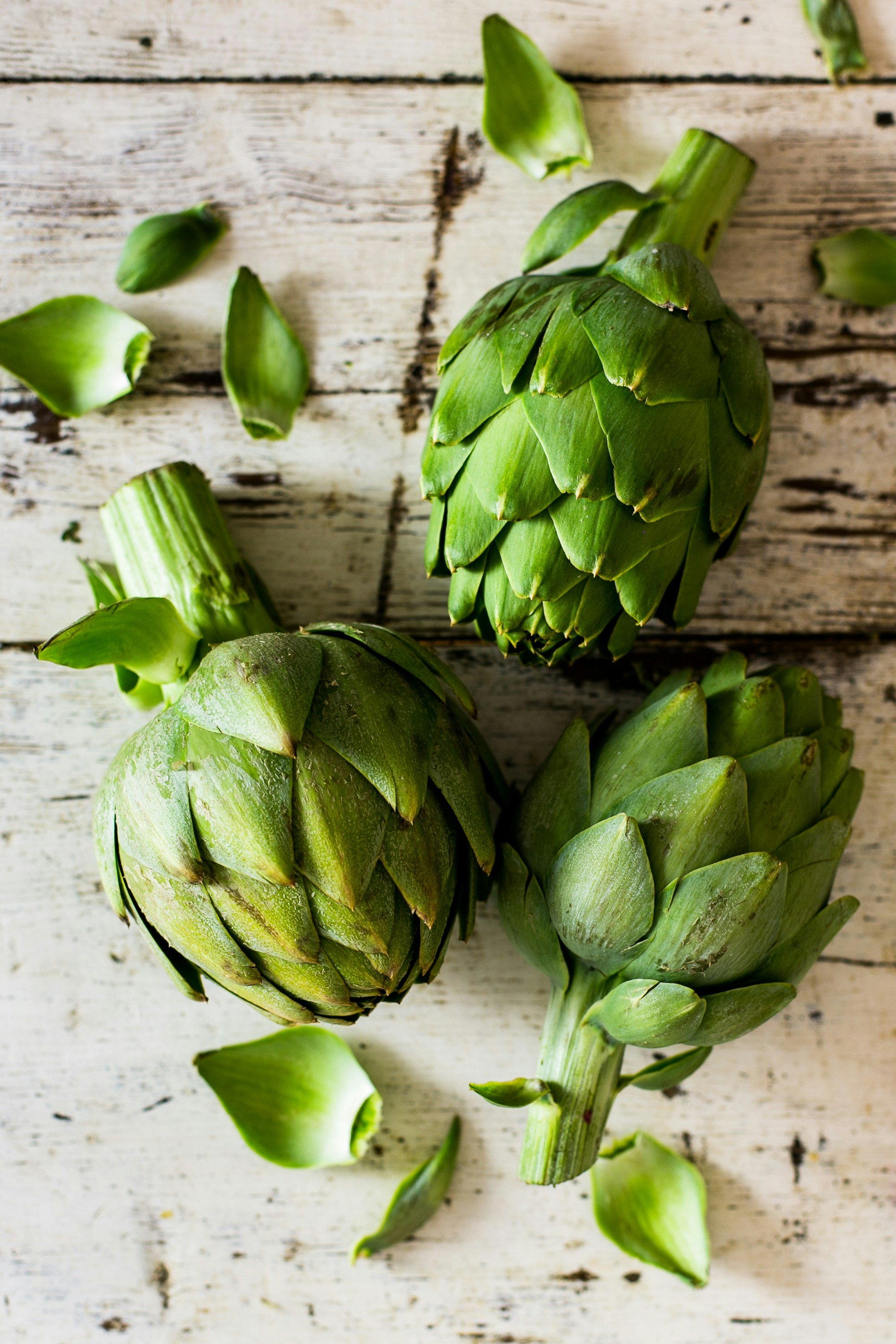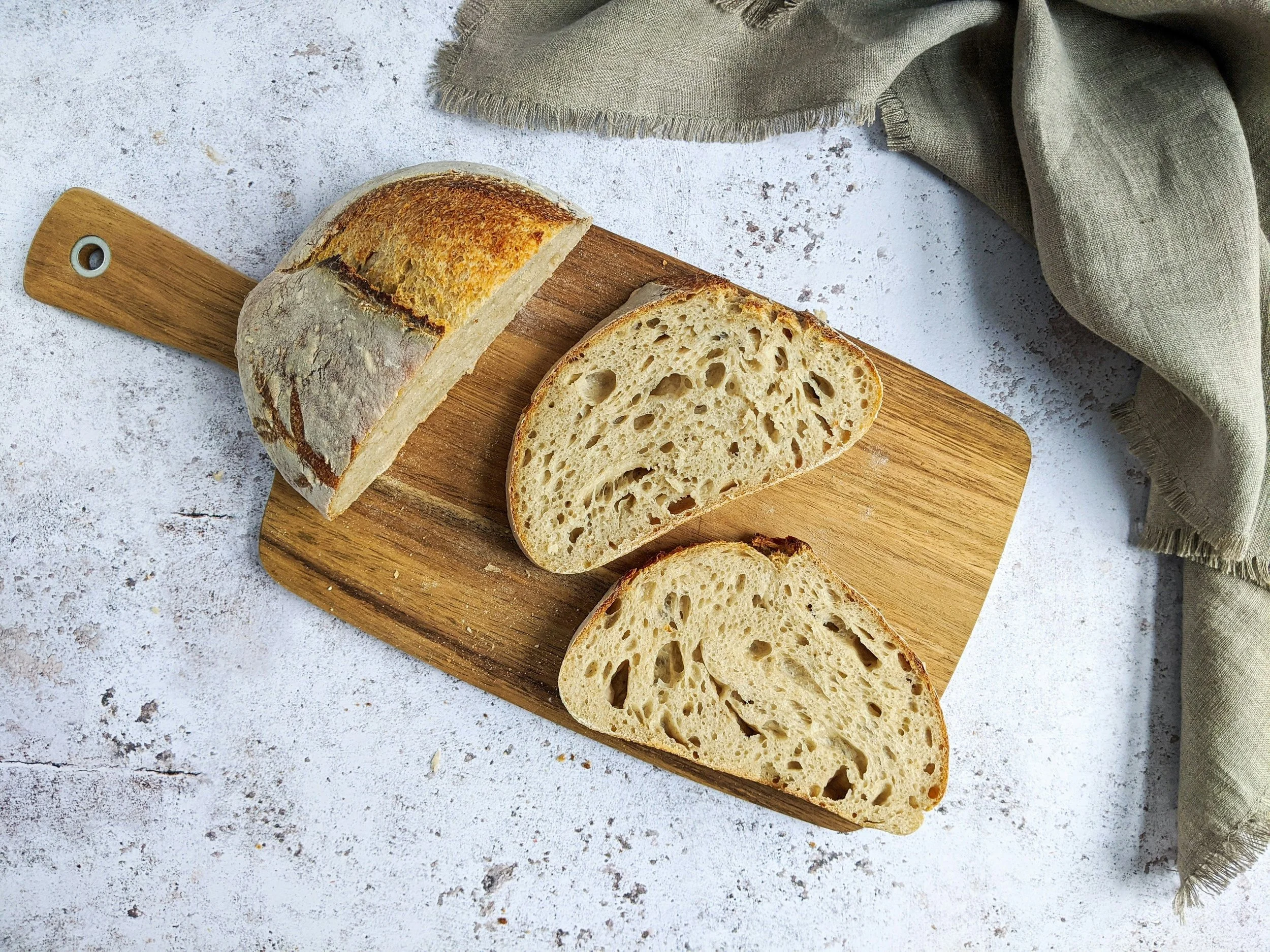Prebiotics and Probiotics
on the Gut Microbiome
Probiotics
Probiotics are live microorganisms, primarily strains of Lactobacillus and Bifidobacterium, found in fermented foods like kefir, kombucha, and sauerkraut, as well as in supplements. Historically, fermentation was a key method for preserving food, making probiotic intake a regular part of traditional diets. Today, with modern storage options, fermented food consumption has declined, potentially reducing natural exposure to these beneficial microbes.
When consumed in sufficient amounts, probiotics potentially help restore microbial balance in the gut and support the gut-brain axis. They act as antioxidants, neutralising free radicals and reducing disease risk. To be effective, probiotics must survive the journey through the gastrointestinal tract and be consumed regularly to allow colonisation and microbial diversity to flourish.
Probiotics also work by:
Competing with and displacing harmful pathogens
Stimulating immune responses to fight infection
Preventing pathogen attachment to gut cells
Reducing the toxic effects of pathogens
Possibly producing antimicrobial compounds
Mental and Metabolic Health Benefits
Research highlights the therapeutic potential of probiotics in both metabolic and mental health conditions. Certain strains, especially those that thrive on prebiotics like gum arabic, are associated with reduced neuroinflammation, improved cognitive function, and better weight management. In obesity studies, strains such as Lactobacillus acidophilus, Lactobacillus casei, and Bifidobacterium bifidum have been linked to reductions in body weight, waist circumference, and total body fat.
Preclinical trials in animals suggest that specific probiotic strains may counteract central nervous system disturbances linked to mood disorders such as stress, anxiety, and depression. Some studies also show promise in managing neurodegenerative diseases like multiple sclerosis, Alzheimer’s, and Parkinson’s Disease, though more human research is needed to confirm these effects.
Regulation and Quality Concerns
While some manufacturers combine prebiotics with probiotics to enhance effectiveness, regulation varies widely across countries. In unregulated markets, probiotic products may contain lower doses than advertised or include non-viable bacteria, reducing their therapeutic potential.
Probiotic Food Sources
Fermented Dairy Products:
Yoghurt - with live cultures like Lactobacillus and Bifidobacterium strains
Kefir - fermented milk drink
Buttermilk - cultured variety
Acidophilus milk
Skyr - Icelandic cultured dairy
Lassi - Indian yoghurt drink
Frozen yoghurt - check for live cultures
Fermented Vegetables:
Sauerkraut - unpasteurised
Kimchi - Korean fermented cabbage, contains lactic acid bacteria
Pickled vegetables - naturally fermented, not vinegar-based
Fermented Grains & Legumes:
Sourdough bread - traditional fermentation
Tempeh - fermented soybeans, rich in Bacillus subtilis
Miso - fermented soybean paste
Natto - fermented soybeans, rich in Bacillus subtilis
Fermented Beverages:
Kombucha - fermented tea, contain mix of yeast and bacteria
Kvass - fermented rye drink
Water kefir - non-dairy alternative
Fermented Condiments & Pastes:
Fermented mustard
Fermented ketchup
Soy sauce - naturally brewed, contains lactic acid bacteria
Fish sauce - traditional fermentation
Certain Cheeses (with live cultures):
Gouda
Cheddar
Swiss
Provolone
Parmesan - aged varieties
Other Traditional Fermented Foods:
Idli and dosa batter - fermented rice and lentils, rich in lactic acid bacteria and yeast
Fermented cassava
Fermented coconut milk products
Fermented olives - brine-cured
Prebiotics
Prebiotics are indigestible dietary compounds such as inulin, fructo- and galacto-oligosaccharides, and pectins, that reach the colon intact, where they are fermented by gut microbes. Found primarily in plant-based foods like apple skins, bananas, onions, leeks, and asparagus, prebiotics selectively nourish beneficial bacteria, especially Bifidobacterium species. Some animal-derived sources also contain prebiotic-like compounds.
By feeding the gut microbiota, prebiotics help shape microbial composition and stimulate the production of health-promoting metabolites like butyrate. These metabolites support gut barrier integrity, reduce inflammation, and influence brain-related chemicals including neurotransmitters and brain-derived neurotrophic factor (BDNF), key players in mood regulation and cognitive function.
Mental and Metabolic Benefits
A recent clinical trial explored the effects of inulin supplementation in 106 obese individuals over three months. Participants followed a calorie-restricted diet with dietary guidance. Results showed improved mood in those with specific microbial profiles, particularly individuals with higher baseline inflammation and insulin resistance. Inulin also enhanced glucose regulation and metabolic health, suggesting its potential as a targeted intervention when tailored to individual microbiome characteristics.
Beyond mood, prebiotics may help slow cognitive decline. Research indicates they can restore hippocampal plasticity, improve synaptic structure, and reduce neuroinflammation, factors critical for maintaining brain health as we age.
Cardiovascular and Microbial Outcomes
Some studies have investigated prebiotics in the context of heart failure, showing beneficial effects on clinical outcomes. However, faecal microbiome testing did not reveal significant compositional changes, highlighting the complexity of gut-host interactions and the need for more nuanced biomarkers.
Prebiotic Food Sources
Vegetables:
Onions - raw or cooked
Garlic
Leeks - high in inulin
Asparagus
Jerusalem artichokes
Dandelion greens - contain inulin and other fermentable fibers
Chicory root
Jicama
Seaweed
Cabbage - especially raw or lightly fermented
Fruits:
Bananas - especially green/unripe, contain resistant starch
Apples - with skin, contain pectin
Avocados
Berries - especially blueberries and raspberries
Pomegranate - polyphenols and fermentable fibres
Figs - polyphenols
Grains & Legumes:
Oats - especially rolled or steel-cut, contain resistant starch
Barley - contain beta-glucans
Wheat bran
Rye
Legumes - lentils, chickpeas, black beans
Seeds & Roots:
Flaxseeds
Chia seeds
Yacon root
Burdock root - high in inulin
Konjac root
Fermentable Fibers & Extracts:
Inulin - from chicory, onions, garlic
Fructooligosaccharides (FOS) - in many vegetables
Galactooligosaccharides (GOS) - in legumes and dairy
Pectins - from apples, citrus fruits, and carrots
Resistant starch - in cooled cooked potatoes, rice, and pasta, frozen bread toasted
Therapeutic Approaches
Current research supports the use of prebiotics and probiotics in enhancing gut health, emotional wellbeing, and metabolic function. These interventions show promise across a range of conditions, but individual responses can vary depending on individual baseline microbiota composition, lifestyle, and overall health status. While the mechanisms behind their effects are still being investigated, personalised approaches are likely to be key in maximising their benefits.
When it comes to supplementation, quality matters. Probiotic supplements should ideally be selected in consultation with a nutrition professional or sourced from reputable companies that provide transparent, research-backed formulations. Many low-cost supermarket brands may contain non-viable strains, inaccurate dosages, or lack clinical evidence, making them expensive but ineffective. Choosing well-characterised strains with proven survival through the digestive tract is essential for therapeutic impact.
Integrating Prebiotics & Probiotics
1. Start with One of Each Daily
Probiotic: Add a spoonful of live yogurt, kefir, or sauerkraut to your meals.
Prebiotic: Include a source like oats, bananas, garlic, or onions.
Consistency matters more than quantity, as regular intake helps beneficial microbes colonise and allows your gut to adjust gradually.
2. Diversify Your Sources
Diversity supports a broader microbial ecosystem.
Rotate probiotic foods: yogurt, kimchi, kombucha, miso, tempeh, natto.
Vary prebiotic fibres: apples (pectin), leeks (inulin), legumes (GOS), cooled potatoes (resistant starch).
3. Pair Them Together - Synbiotics
Combine prebiotics and probiotics in the same dish to enhance microbial survival and colonisation, such as:
Yogurt + banana
Miso soup + tofu + spring onions
Sourdough sandwich with fermented pickles and leafy greens
4. Choose Quality Supplements Wisely
If using probiotic supplements, look for:
Clinically studied strains like Lactobacillus rhamnosus, Bifidobacterium longum
Transparent labelling with CFU counts and strain specificity
Products from reputable companies with published research
Avoid cheap supermarket brands with vague strain info or no viability guarantee as they may be ineffective and costly. Consult a registered nutrition specialist or dietitian for personalised guidance.
5. Support Microbial Growth
Stay hydrated and eat fibre-rich meals to help microbes thrive.
Avoid excessive alcohol, ultra-processed foods, and unnecessary antibiotics, which can disrupt microbial balance.
6. Track Your Response
Monitor digestion, mood, energy, and skin health.
Some people may experience mild bloating or changes in bowel habits initially, which usually settles as the gut changes. However, adjust based on tolerance, reduce intake and reintroduce slowly.













